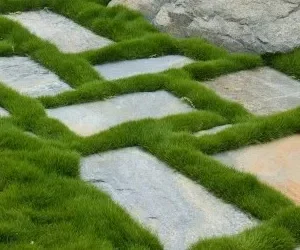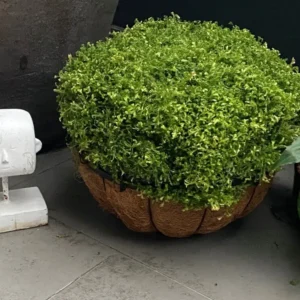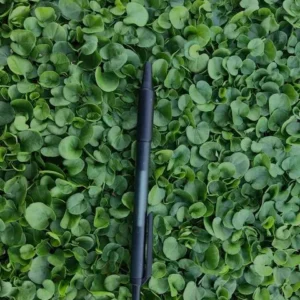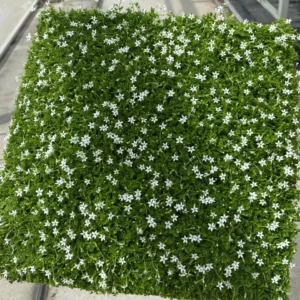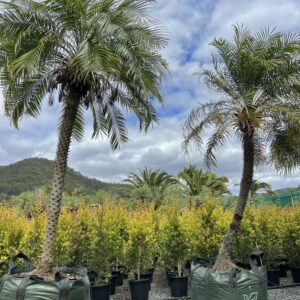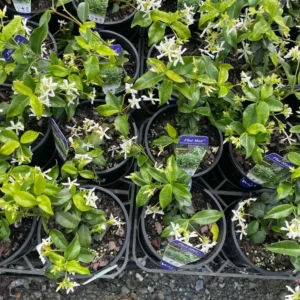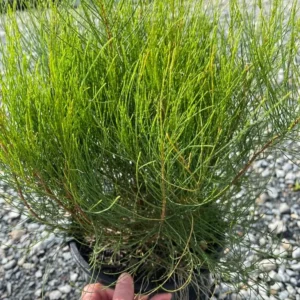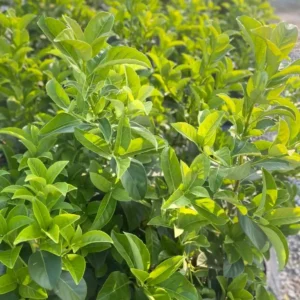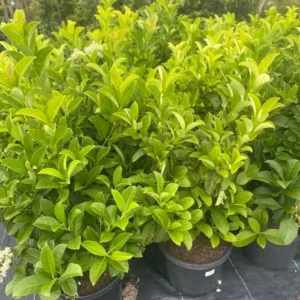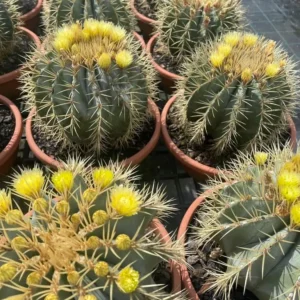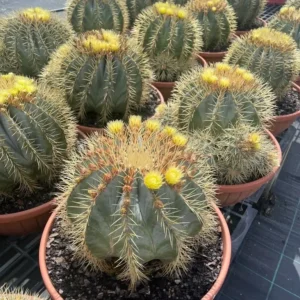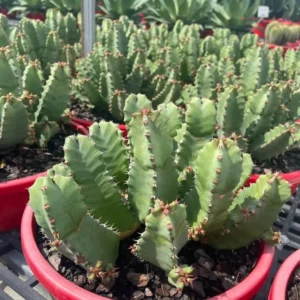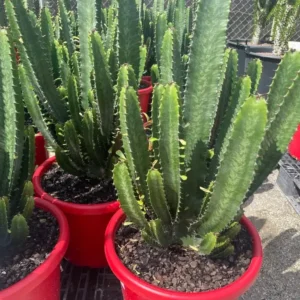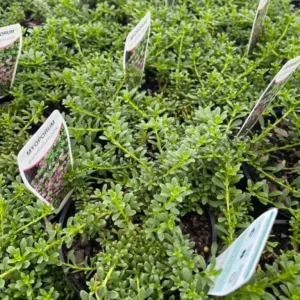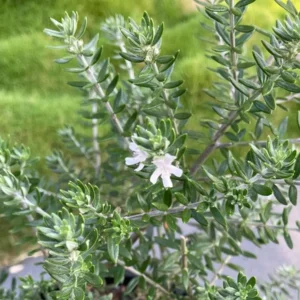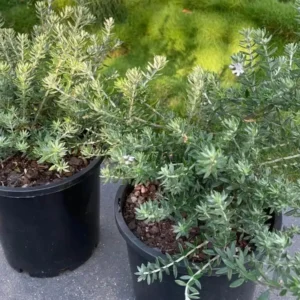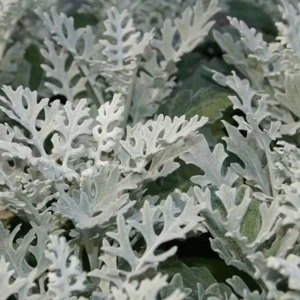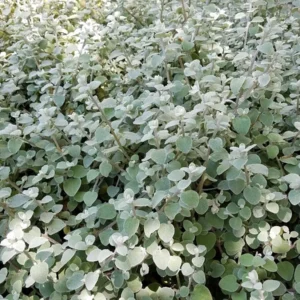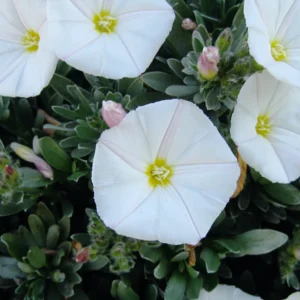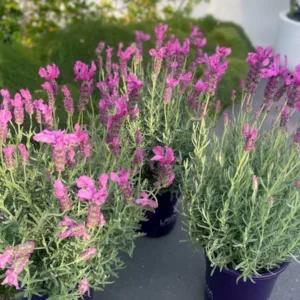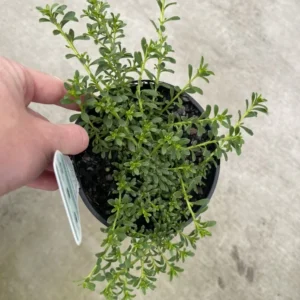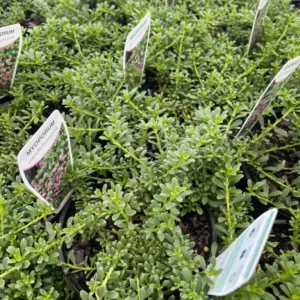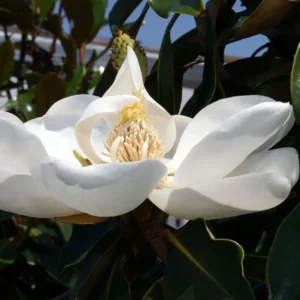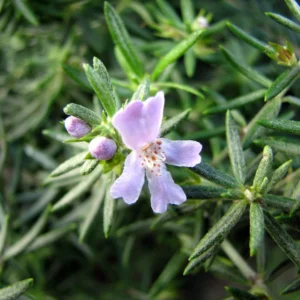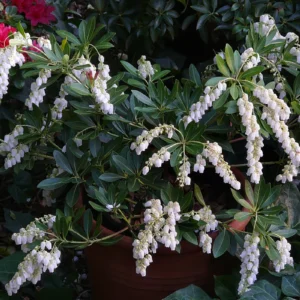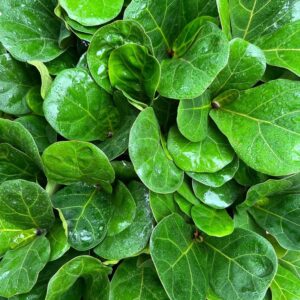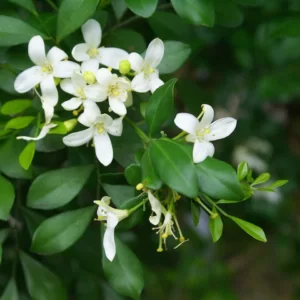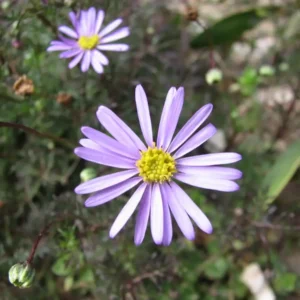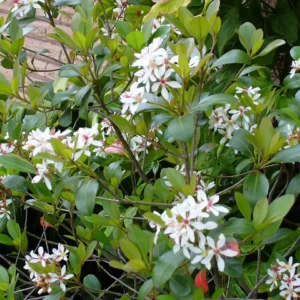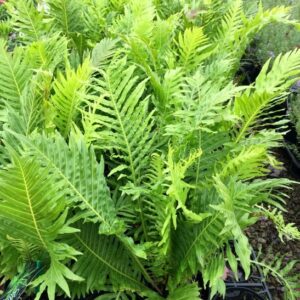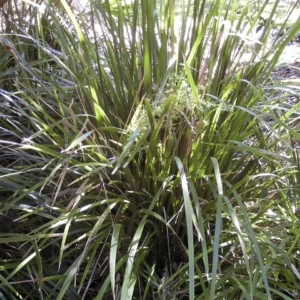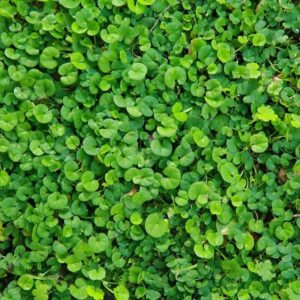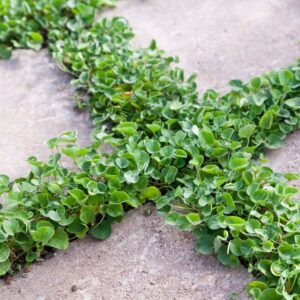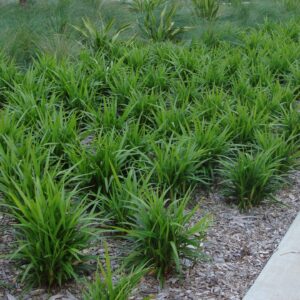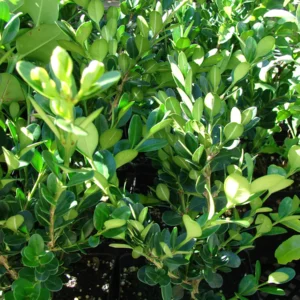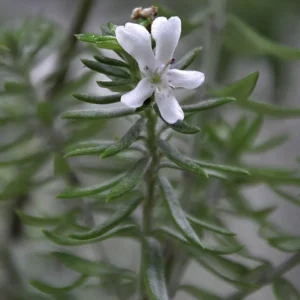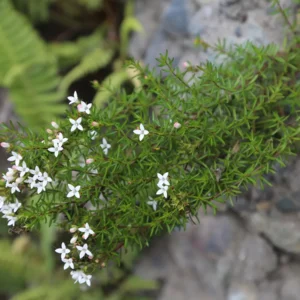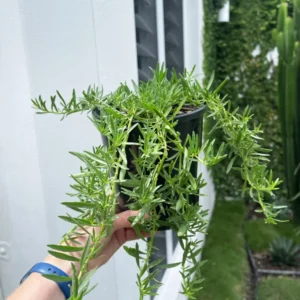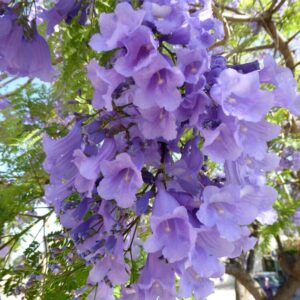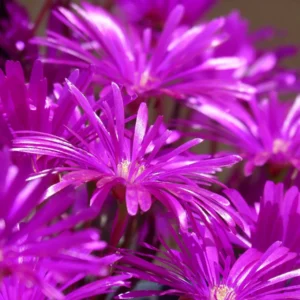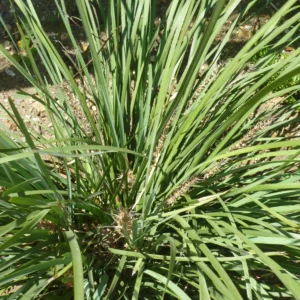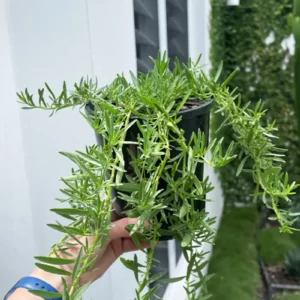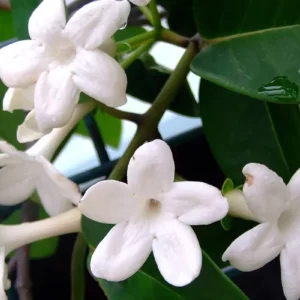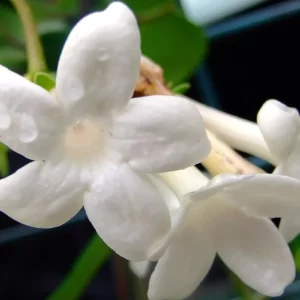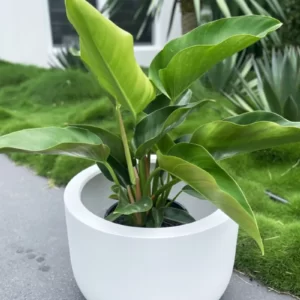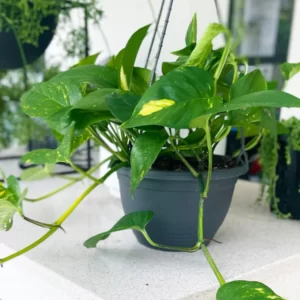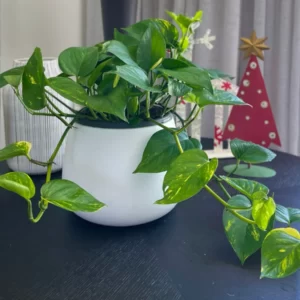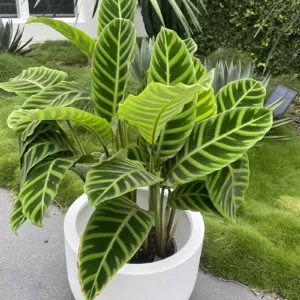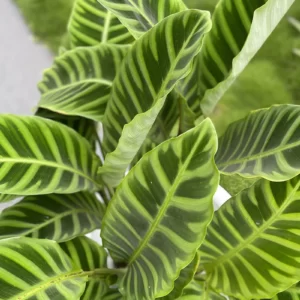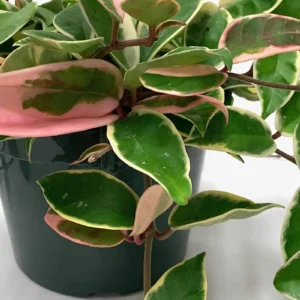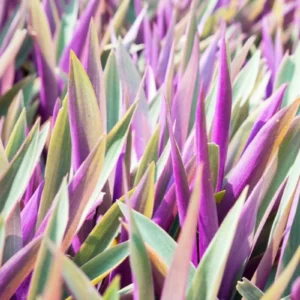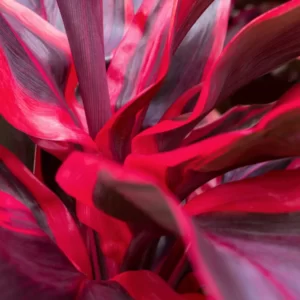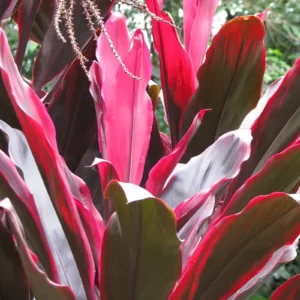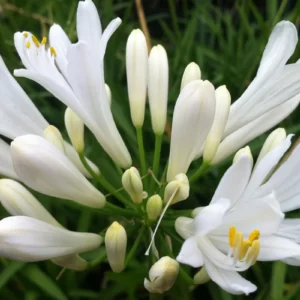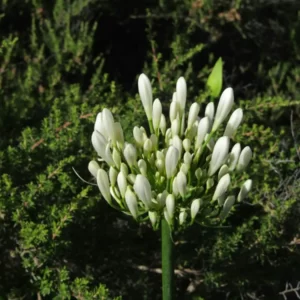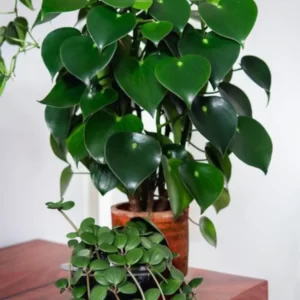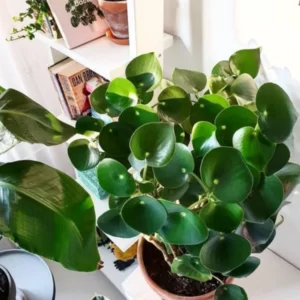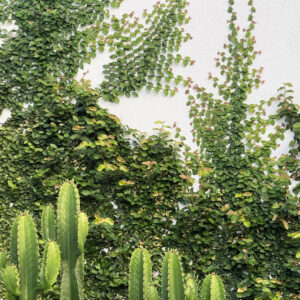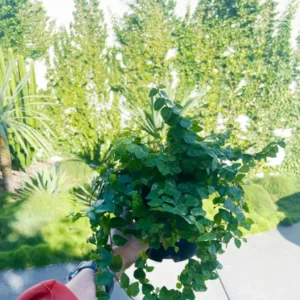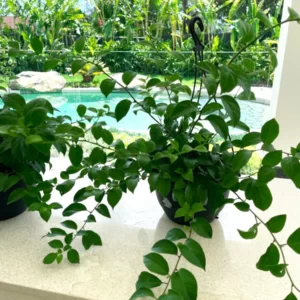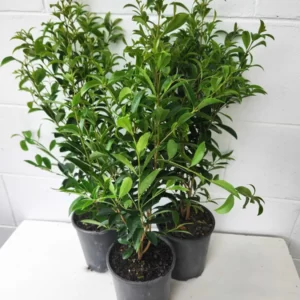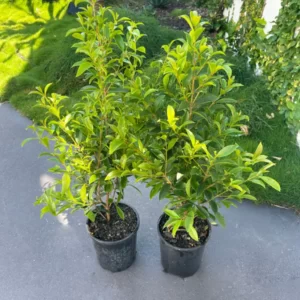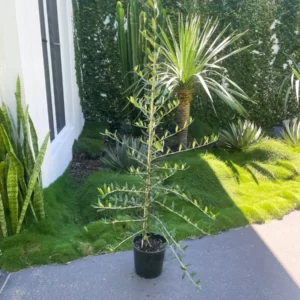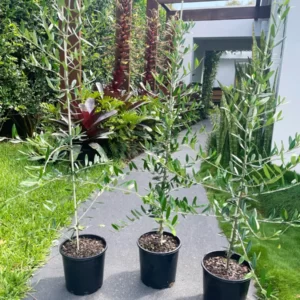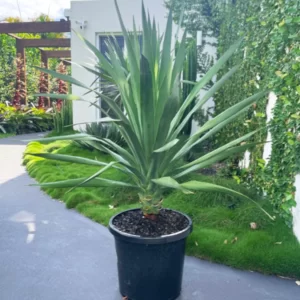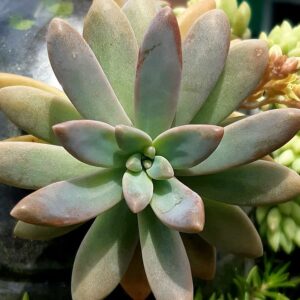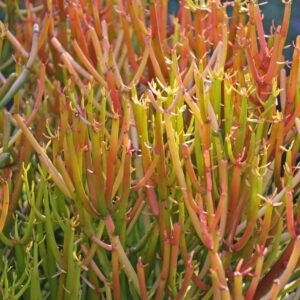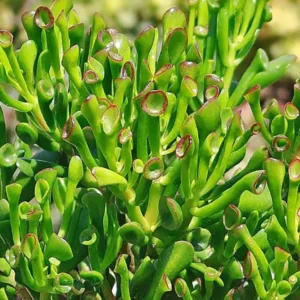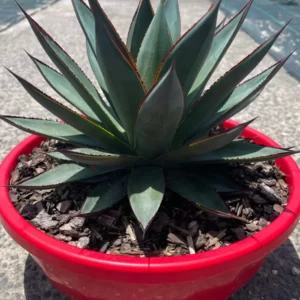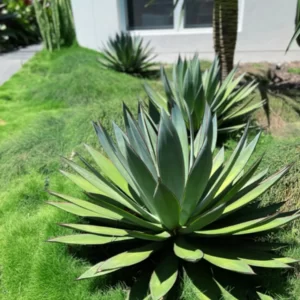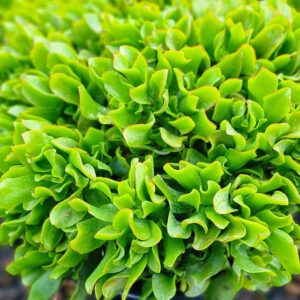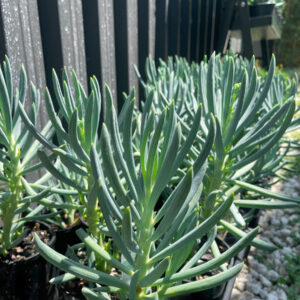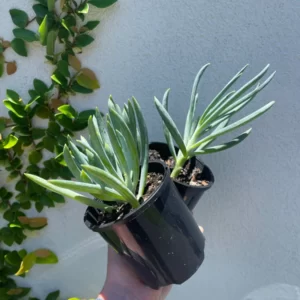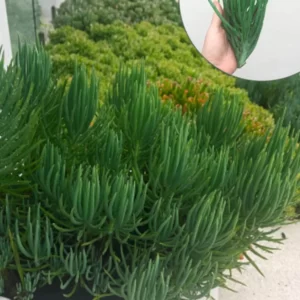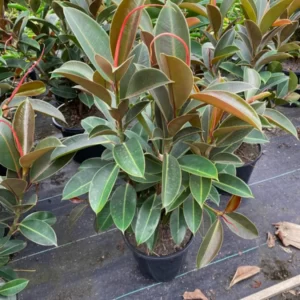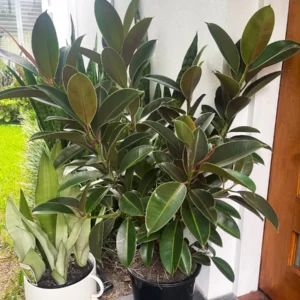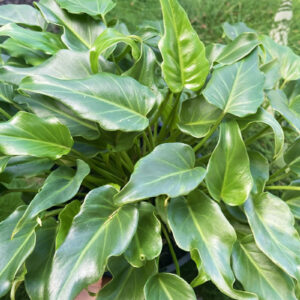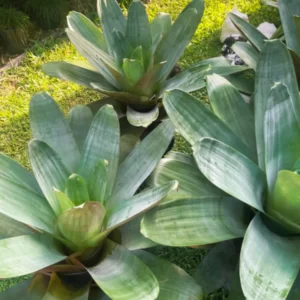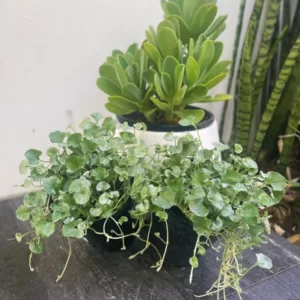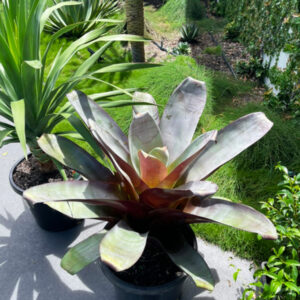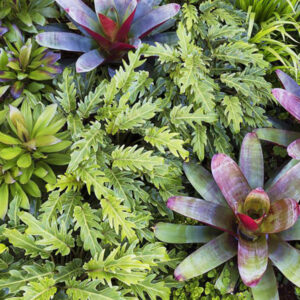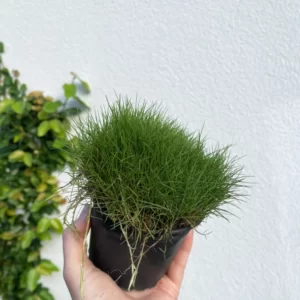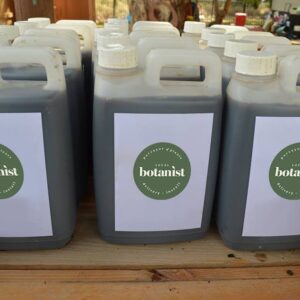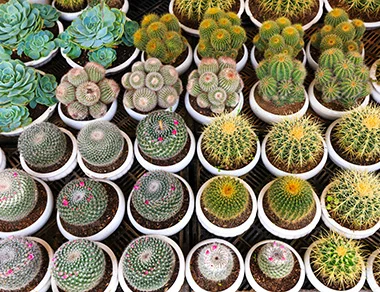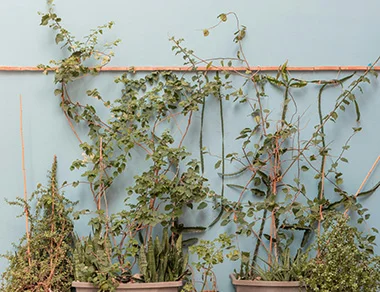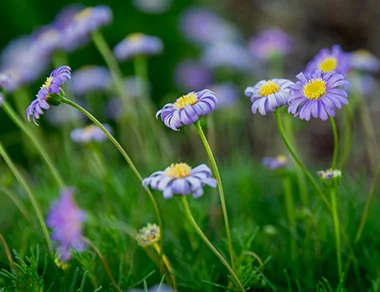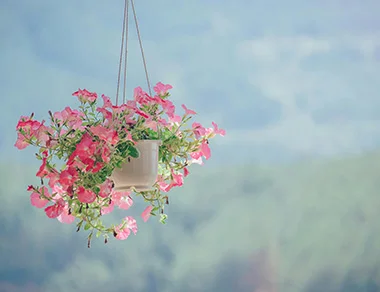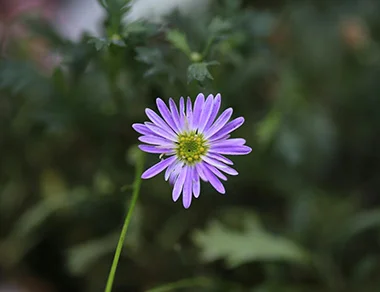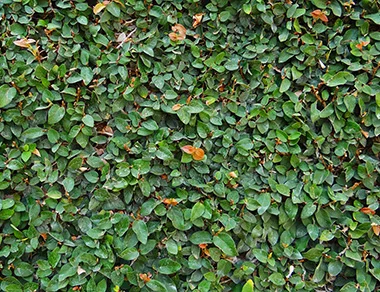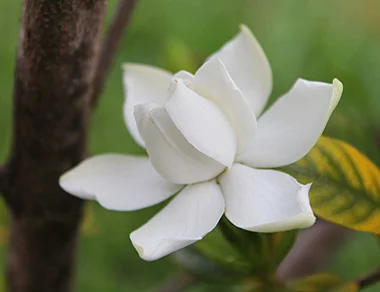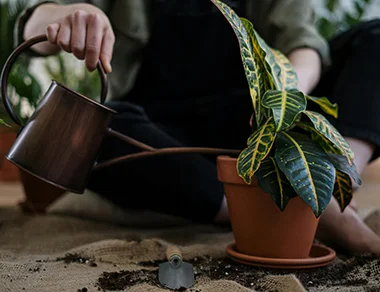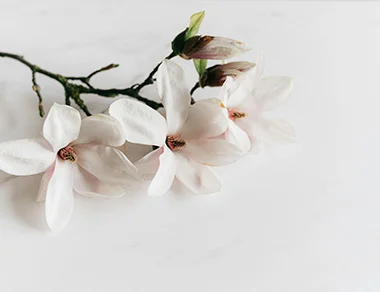Shade and Fern Nursery
Fern and shade plants provide lush greeneries that transform your outdoor garden into a relaxing space. While these plants are often used in tropical-themed gardens due to their vibrant foliage and exotic display, they can also be incorporated with other types of garden designs. More than their vigorous appearance, ferns and other shade plants are also beneficial for a lot of reasons, providing shelter, erosion protection, and fostering biodiversity.
Shop our entire range of cactus and succulents at Local Botanist today!
Why Choose Our Unique Fern and Shade Plants
Our wide collection of ferns and shade plants is perfect for any garden that needs lavish greenery and attractive texture. Here are more reasons why these shade-loving plants are garden must-haves:
Foliage and Texture
Ferns and shade plants, like Silver lady fern, Philodendron, and Bromeliad offer remarkable foliage shapes, forms, and colours that make any garden more aesthetically exciting. Ferns often bring a sense of soft lushness while shade plants, with their mighty leaves, bring eye-catching contrast.
Low Maintenance
Plants that are easy to care for are always ideal whether you’re a beginner or an expert gardener. Ferns and shade plants happen to be on the low maintenance side, especially when grown in cool, shady environments. Nonetheless, ferns and shade plants still need a bit of sun to grow their best.
Erosion Control
Ferns and shade plants have amazing root systems that help stabilise the ground, making them great plants for soil erosion prevention. With roots that are set deep, they hold the soil in place and regulate soil moisture.
Promote Biodiversity
Many shade plants provide cover and habitat for small creatures, insects, and birds, contributing to garden biodiversity.
-
-
-
-
-
-
-
-
-
-
-
-
-
-
-
-
-
-
-
-
-
-
-
-
-
-
-
-
-
-
-
-
-
-
-
-
-
-
-
-
-
-
-
-
-
-
-
-
-
-
-
-
-
-
-
-
-
-
-
-
-
(0 review)
Bougainvillea Raspberry Ice
$55.00Original price was: $55.00.$49.50Current price is: $49.50. -
-
-
-
-
-
-
-
-
-
-
-
-
-
-
-
-
-
-
-
-
-
-
-
-
-
-
-
-
-
-
Frequently Asked Questions
Unlike flowering plants, ferns don’t have flowers or seeds so they reproduce via spores. These are small reproductive cells found on the undersides of their fronds. The spores germinate and develop into new plants as long as they land on a suitable surface.
Ferns can be propagated by dividing mature plants, or by sowing spores on moist soil or moss and nurturing them until they grow into young plants.
To transplant a tree fern, dig a large root ball around it, lift it carefully, and replant in a shaded, moist spot. Keep the trunk moist and water the base and crown regularly after transplanting.
Most true ferns are non-toxic to cats and dogs. However, some plants using the name “ferns” (e.g., asparagus fern) can be toxic, so it’s important to check the specific type of fern to ensure you’re creating a safe environment for your furry companions.




